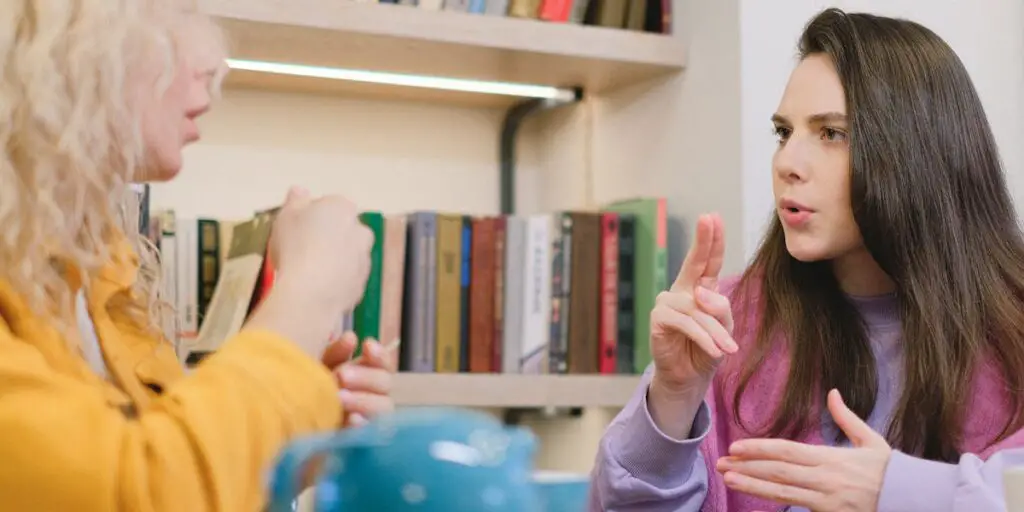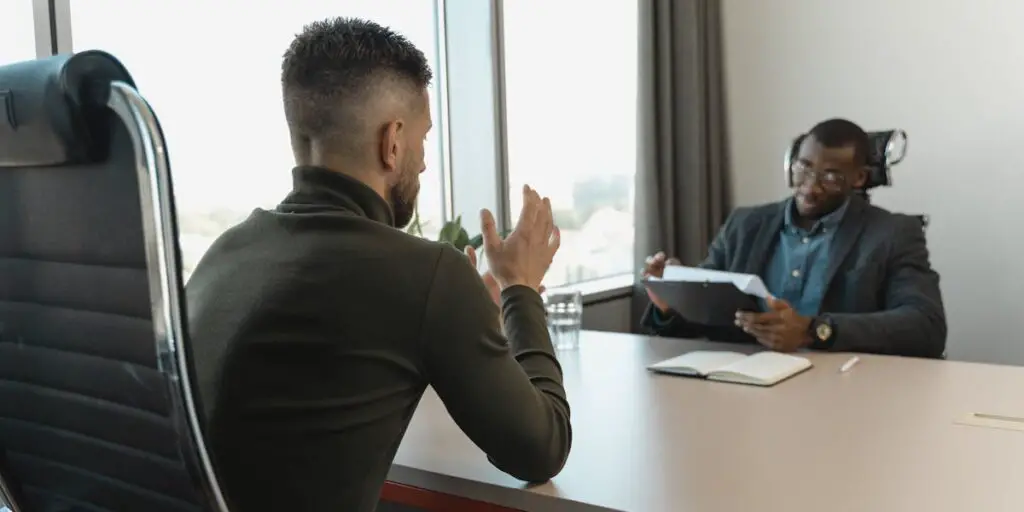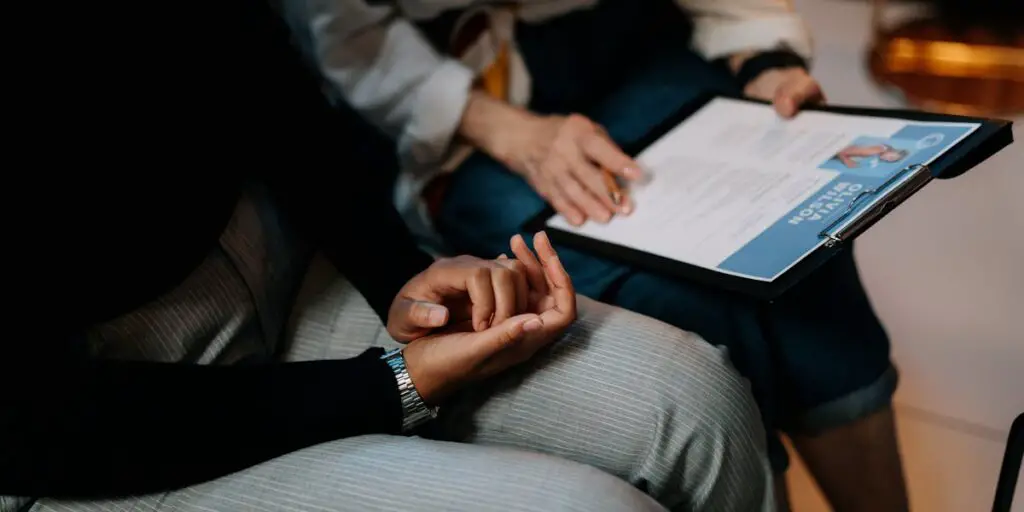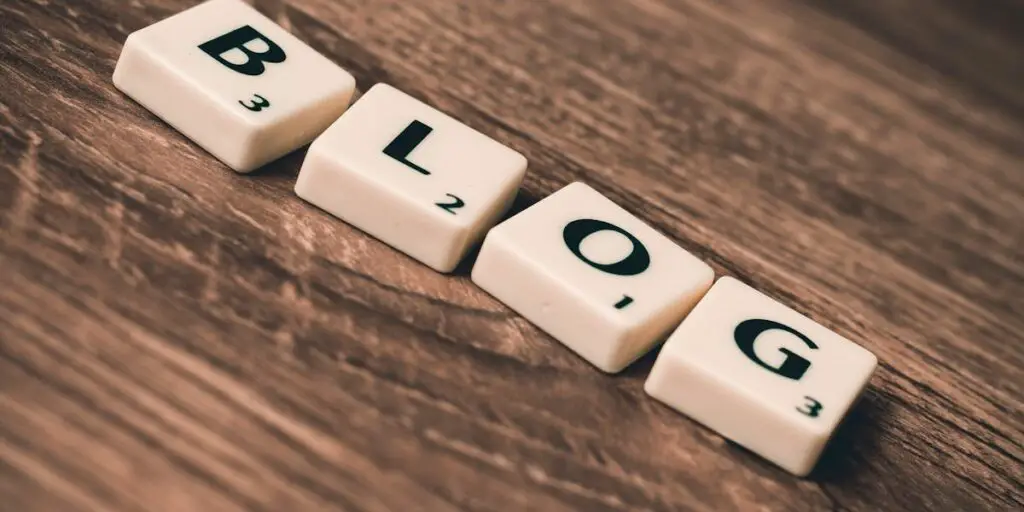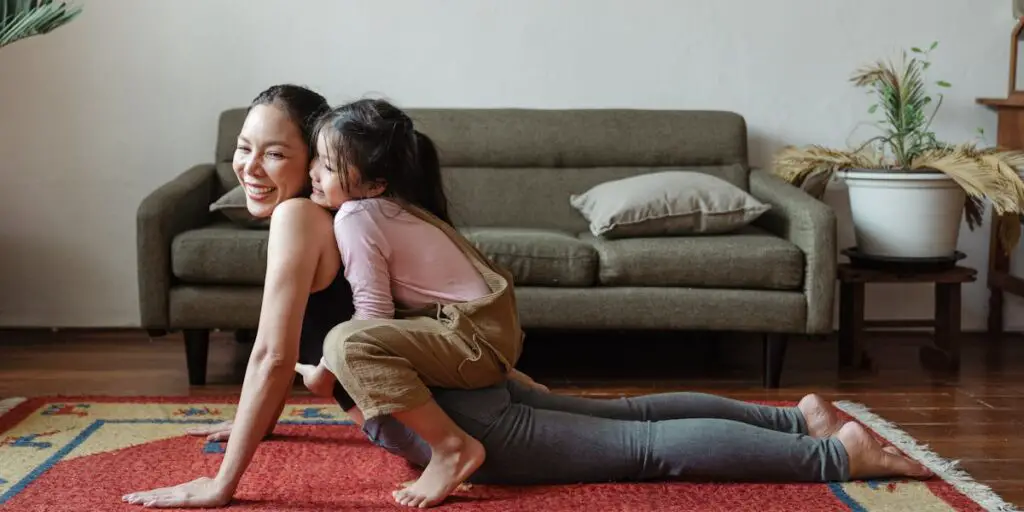The Importance of Body Language During Interviews
Introduction
Body language is a vital, non-verbal form of communication that significantly influences the outcome of an interview. While the content of your answers and verbal communication are important, the way you present yourself through gestures, posture, and facial expressions can leave a lasting impression on the interviewer. Effective body language conveys confidence, professionalism, and enthusiasm, all of which are crucial in securing a positive outcome during an interview.
—
1. Creating a Positive First Impression
The first few seconds of an interview are critical, as interviewers often form initial judgments based on non-verbal cues. Positive body language can set the tone for the rest of the interaction.
- Handshake: A firm handshake demonstrates confidence and establishes rapport.
- Posture: Sitting up straight with an open posture conveys attentiveness and professionalism.
- Smile: A genuine smile at the start of the interview communicates warmth and approachability.
These initial gestures create a welcoming atmosphere and build a strong foundation for effective communication.
—
2. Conveying Confidence
Confidence is one of the most sought-after qualities during interviews, and body language plays a crucial role in expressing it.
- Eye Contact: Maintaining appropriate eye contact shows that you are engaged, trustworthy, and confident. Avoiding eye contact can signal nervousness or a lack of preparedness.
- Gestures: Controlled hand movements while speaking can emphasize your points and demonstrate enthusiasm. Fidgeting or excessive movement, on the other hand, may suggest anxiety.
- Head Position: Keeping your head upright conveys confidence, while tilting it slightly when listening shows attentiveness.
Confident body language helps create a positive impression and convinces the interviewer of your self-assurance.
—
3. Demonstrating Active Listening
Active listening is a crucial aspect of any interview, as it shows that you value the interviewer’s words and are fully engaged in the conversation.
- Nodding: Nodding occasionally while the interviewer speaks demonstrates that you understand and agree with their points.
- Leaning Slightly Forward: This subtle movement indicates interest and attentiveness without invading personal space.
- Avoiding Interruptions: Waiting for the interviewer to finish speaking and then responding thoughtfully is a mark of professionalism.
By combining these non-verbal cues with verbal affirmations, you can build a strong connection with the interviewer.
—
4. Enhancing Verbal Communication
Body language acts as a complement to your verbal responses, helping to reinforce your message and make your points more persuasive.
- Hand Movements: Gestures that align with your words can emphasize key points and make your explanations more engaging. For example, using your hands to outline steps while describing a process.
- Facial Expressions: Expressive facial reactions that match your words add authenticity to your communication. A smile when discussing achievements or a thoughtful expression when addressing challenges enhances credibility.
Consistent body language and verbal communication demonstrate coherence and clarity, leaving a strong impact.
—
5. Avoiding Negative Signals
Negative body language can unintentionally undermine your performance during an interview. Recognizing and avoiding these behaviors is critical.
- Crossed Arms: This can signal defensiveness or lack of openness.
- Slouching: Poor posture gives the impression of disinterest or low confidence.
- Fidgeting: Playing with a pen, tapping your fingers, or shifting in your seat can distract the interviewer and indicate nervousness.
- Lack of Facial Expression: A neutral or blank face can make you appear disengaged or uninterested.
Avoiding these negative cues ensures your body language aligns with the message you aim to convey.
—
6. Adapting to Virtual Interviews
With the rise of virtual interviews, body language remains just as important, albeit with slight modifications.
- Framing: Ensure your face and upper body are clearly visible on the screen.
- Posture: Sit upright and lean slightly forward to show attentiveness.
- Camera Eye Contact: Look directly into the camera to simulate eye contact with the interviewer.
- Minimizing Distractions: Avoid unnecessary movements that may divert attention on-screen.
Mastering body language for virtual settings enhances your effectiveness in this increasingly common interview format.
—
Conclusion
Body language is a powerful tool that can significantly influence your performance during interviews. From creating a positive first impression to reinforcing your verbal responses and avoiding negative signals, effective non-verbal communication is key to success. By practicing confident gestures, maintaining good posture, and adapting to both in-person and virtual settings, you can make a strong, lasting impression on your interviewer. Ultimately, mastering body language not only boosts your chances of landing the job but also helps you project professionalism and credibility.

